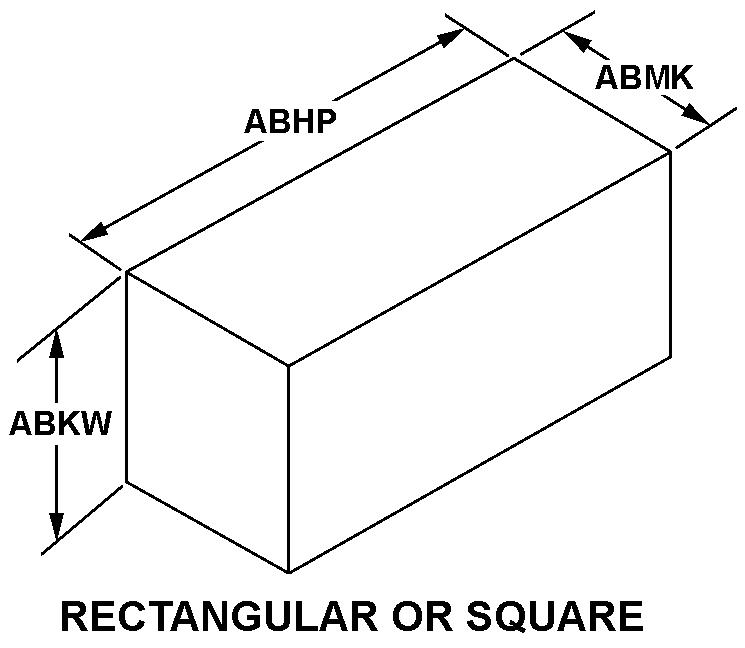5996002412051
Price Quote Get an up to date pricing and availability quote for this product. Order online or over the phone.
Quality Commitment
Serving our customers with quality and safety first.
- AS9120 Certified
- Audited supply chain
- ITAR Registered
- DDTC Registered
- HAZMAT Certified
- Customer service objectives
- Every product 100% inspected

5996-00-241-2051 Specification Set by the OEM (see RNCC code 3)
15.750in. ⁓15-3/4"
6.750in.
10.000in.
general purpose
1
not rated
rectangular or square
encased
manual
FREE-Standing
local
electron tube
20.0 kilohertz 3rd output channel
2.0
20.0 watts output
70.000 volts output
125.0 decibels
8.000 ohms 2nd output channel
5.0 amplitude
1 meter
integral cord w/power plug rear and receptacle, audio rear and terminal block w/screw rear
60.0 single voltage
2 integral cord w/power plug external and 2 receptacle, audio internal and 2 receptacle, audio internal and 2 receptacle, audio internal and 2 receptacle, audio internal and 2 receptacle, audio internal and 6 terminal block w/screw external
125.0 single voltage
single
4th output rated 25 volts for 31 ohm line impedance, 5th output rated 70 volts for 250 ohm line impedance
Cross Reference Parts Part numbers that meet the specification outlined on this page and set by the OEM
Identification Item Identification Guide (IIG) and Item Name Code (INC)

Definition Definition of approved item name (AIN): "AMPLIFIER,AUDIO FREQUENCY"
An electronic device whose audio frequency input signals control power from a source independant of the input signal and delivers audio frequency output signals of greater amplitude with respect to current and/or voltage. The output signals characteristics are uniformly related to the input signals. It operates at frequencies of 20 kilohertzs and below. It may or may not have signal switching capabilities.
5996-00-241-2051 Material Hazmat, Precious Metals, Criticality, Enviroment, and ESD
Indicates there is no data in the hmirs and the nsn is in a fsc not generally suspected of containing hazardous materials.
Precious metal content is unknown
Represents items with no adp components
The item does not have a nuclear hardened feature or any other critical feature such as tolerance, fit restriction or application.
Identification Codes
HMIC: Hazardous Material Indicator Code. A one position code that identifies a hazardous item.
PMIC: Precious Metal Indicator Code. A one position code which identifies items that have precious metals as part of their content. precious metals are those metals generally considered to be uncommon, highly valuable, and relatively superior in certain properties such as resistance to corrosion and electrical conductivity.
ESD: Electrostatic Discharge. Indicates if an item is susceptible to electrostatic discharge or electromagnetic interference damage. electrostatic discharge damage occurs when an accumulation of static electricity generated by the relative motion or separation of materials is released to another item by direct contact. electromagnetic interference damage occurs when an item comes into proximity with an electrostatic or magnetic field.
ENAC: Enviromental Attribute Code. Identifies items with environmentally preferred characteristics.
CRITL: Criticality Indicator Code. Indicates an item is technically critical by tolerance, fit, application, nuclear hardness properties, or other characteristics.
Material Management Material categorization and source of supply
Defense logistics agency, enterprise business systems
Brac mmac for oc-alc
Material Codes
SOS: Source of Supply. A three position code or routing identifier code (ric), which identifies the source of supply activity.
SMIC: Special Material Indicator Code. A two position code, which categorizes material on the basis of requirements for source or quality control, technical design or configuration control, procurement, stocking and issue control, special receipt, inspection, testing, storage, or handling.
MMAC: Material Management Aggregation Code. A two position code that identifies an item of supply to be managed by a specific activity manager.
MCC: Material Echelon Code. A two position code employed by the marine corps in classifying items into categories by materiel category and procurement echelon. the alphanumeric management code is in the first position and identifies the materiel category
IMC: Denotes wether items shall be subjected to integrated management under the defense supply agency or retained by the individual military service or other department of defense components for their management. Assigned by th activity responsible for item management coding.






